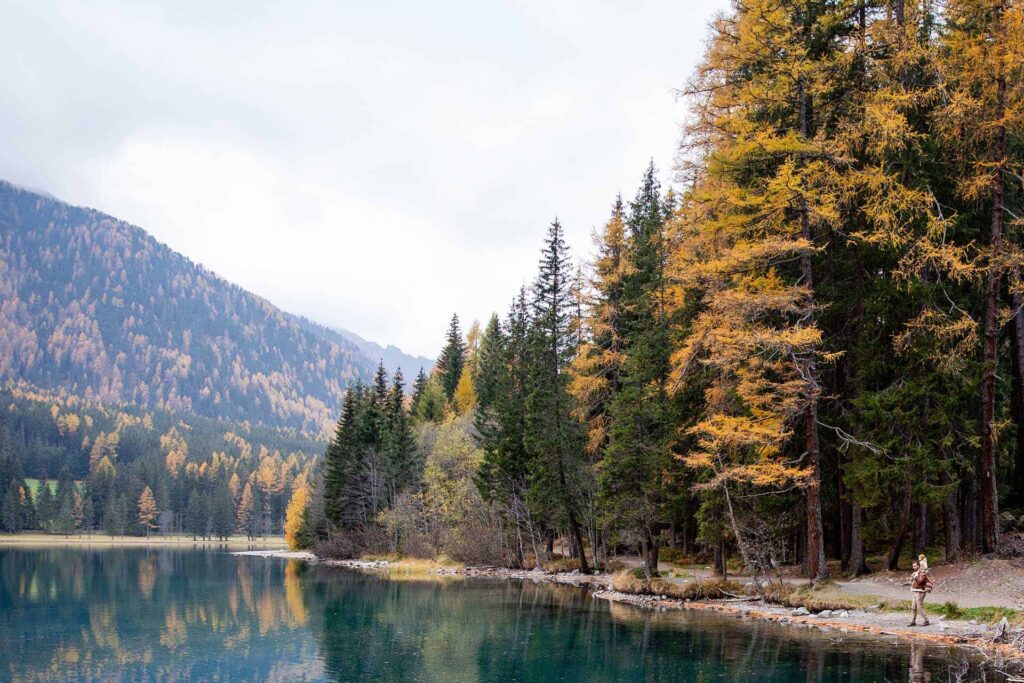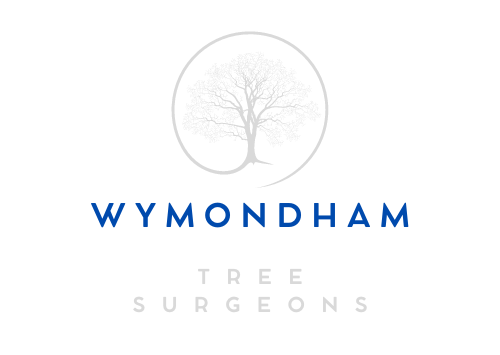Should You Fall a Tree or Save It? How Arborists Decide
When faced with a tree that may be damaged or diseased, one of the toughest decisions a homeowner can make is whether to fell the tree or attempt to save it. Trees are valuable assets to any garden or property, offering numerous benefits such as shade, beauty, and environmental contributions. However, sometimes trees can pose risks or may no longer be viable for the long term.
At Wymondham Tree Surgeons, we understand that tree care involves a delicate balance of preserving the health of your trees while ensuring the safety and aesthetics of your property. In this blog post, we will explore the factors that arborists consider when deciding whether to fell a tree or save it, helping you understand when it’s best to act.
1. Assessing the Tree’s Health
The first step in determining whether a tree should be felled or saved is to evaluate its overall health. Trees, like all living organisms, go through life cycles and may experience issues related to disease, pests, or environmental stress. An arborist will thoroughly examine the tree to assess its condition and determine if it’s possible to rehabilitate it.
Key Signs to Look For:
- Dead or Dying Branches: If a significant portion of the tree is dead or decaying, this could indicate an overall decline in health.
- Discolouration or Fungi: Unusual growths such as fungi on the trunk or discolouration of leaves could be signs of infection.
- Weak or Brittle Wood: If the wood is soft or brittle, it may indicate internal rot or structural weakness.
If the tree is beyond rehabilitation due to disease or damage, felling may be the safest option.
2. Structural Integrity and Safety Concerns
A tree’s structural integrity is one of the most important factors in deciding whether to save it or remove it. A tree that has suffered damage to its trunk, branches, or roots can become unstable and pose a risk to people, property, and other plants.
What to Look For:
- Cracked or Split Trunk: A tree with cracks or splits in the trunk may have a weakened structure that could collapse in strong winds.
- Leaning Trees: A tree that is leaning excessively could be at risk of falling, especially if the roots are compromised.
- Root Damage: If the root system has been damaged, such as from construction or soil erosion, the tree’s stability could be compromised.
If the tree is deemed structurally unsafe, removing it may be the only viable option to prevent potential accidents.
3. Environmental Impact and Biodiversity
Trees play a crucial role in maintaining local ecosystems, providing habitats for wildlife, improving air quality, and contributing to the aesthetic value of your property. When deciding whether to fell a tree, an arborist will also consider the environmental impact of removing it and whether it can be saved or restructured to continue providing these benefits.
Why It Matters:
- Wildlife Habitats: Trees are home to a variety of birds, insects, and other wildlife. Felling a tree can disrupt these ecosystems.
- Long-Term Environmental Benefits: Healthy trees contribute to carbon sequestration, reduce urban heat, and improve air quality.
If the tree still offers significant environmental value, it may be worth exploring methods of care and restoration rather than removing it altogether.
4. Tree Location and Property Concerns
The location of the tree relative to your property is another critical factor in deciding whether it should be felled or saved. While some trees can remain safely in place, others may pose a risk to structures, driveways, or underground utilities.
What to Consider:
- Proximity to Buildings: Trees that are too close to your home or other structures may be at risk of damaging the property as they grow.
- Root Encroachment: Roots can damage driveways, plumbing systems, and other infrastructure. If the roots have already caused significant damage, removal may be necessary.
- Overhead Obstructions: Trees near power lines or other overhead obstructions pose additional risks during storms or high winds.
If the tree is causing or could potentially cause property damage, it may need to be removed for safety reasons.
5. Cost of Removal vs. Tree Restoration
Another factor in the decision-making process is the cost of tree removal versus restoration. If a tree can be saved with proper care, pruning, or pest control, it may be worth the investment. However, if the tree is beyond saving, the cost of removing it safely might outweigh the long-term benefits of keeping it.
What to Think About:
- Tree Restoration: Regular maintenance, pruning, and disease treatment can extend the life of many trees.
- Removal Costs: Tree removal can be expensive, especially if the tree is large or in a difficult location.
A professional arborist can provide a cost-benefit analysis, helping you make the best decision for your budget and property.
Conclusion
Deciding whether to fell a tree or save it requires a thorough understanding of its health, structure, and role in your environment. While some trees may need to be removed for safety reasons, many others can be saved with the right care and attention. An experienced arborist, like the team at Wymondham Tree Surgeons, can help assess your tree’s condition and provide the best recommendations for maintaining its health or safely removing it if necessary.
If you’re unsure about the condition of your trees or need expert advice on tree surgery, contact us today. Our professional team in Wymondham, Norfolk, is here to assist with all your tree care needs and help you make informed decisions about your property. Let us guide you through the process of keeping your trees healthy, safe, and thriving.
Call us on: 01953 667 637
Click here to find out more about Wymondham Tree Surgeons
Click here to complete our contact form and see how we can help with your trees needs.

